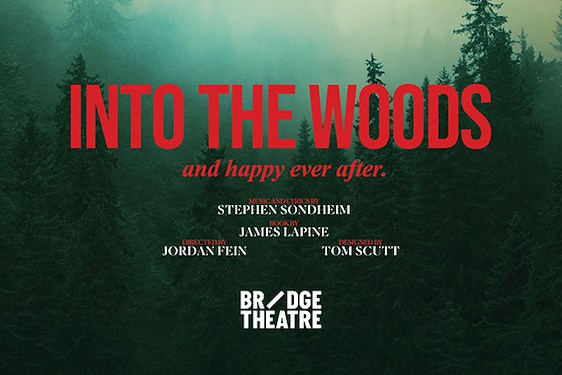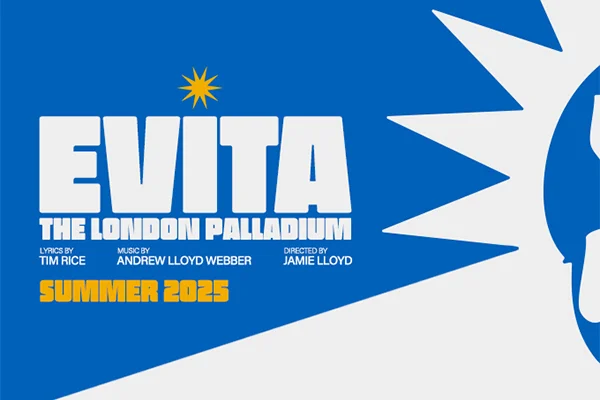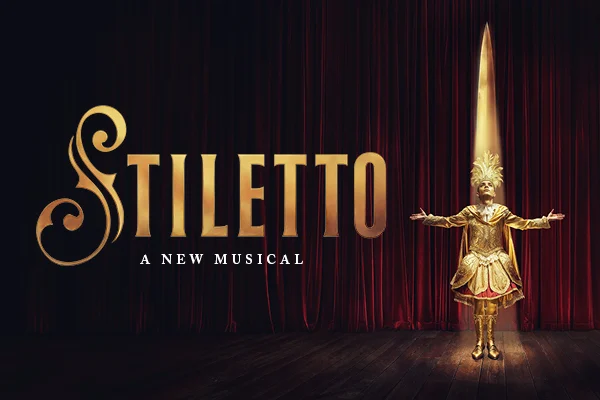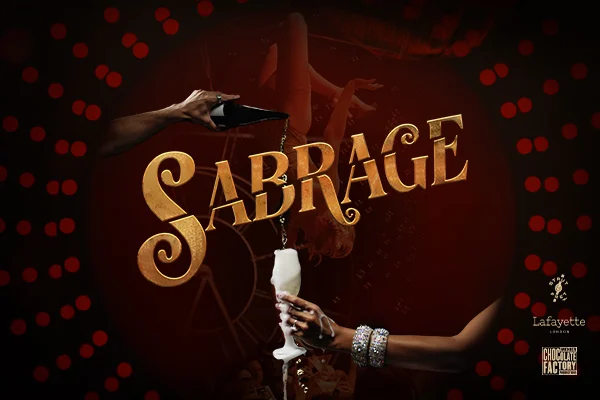Kiinalik, in the Inuktitut language, means when a knife is sharp. When it is blunt it is said to have no face. This show is an attempt to metaphorically sharpen the ‘ulu’, a silver moon-shaped blade, to demand respect for Inuit culture, an acknowledgment of the inhumane history of colonisation and the crisis of global warming which affects us all.
The highlight of the show involves a closer encounter than some might like.
Don’t expect a three-act play, but neither is Kiinalik a rant of blame or a wallowing in guilt. Rather this fascinating, affecting performance, both charming and at times fierce, produced by Buddies in Bad Times Theatre, is a mixture of personal reminiscences, history, songs and stories, a collaboration between the Inuit story-teller, Laakkuluk Williamson Bathory from the north of Canada and the queer, white folk-singer Evalyn Parry from Canada’s south.
An atmospheric setting is created by a lit screen by Elysha Poirier showing films of glaciers, ice floes, or whales and the performers stand on a lit slab suggesting ice. Evalyn strums her guitar and sings in English and Laakkuluk performs the spine-tingling sound of ‘throat music’ and often intersperses English with the Inuktitut or Kalaallisut (Greenlandic) languages. The unfamiliar Q or K sounds to non-Inuit speakers draws one in. An echoing cello, played by Cris Derksen creates half tones and sliding notes evoking a non-western harmonics.
Evalyn sings The North West Passage bringing back happy childhood memories of her father and crowds at camping sing-songs until one day Evalyn noticed the word ’savage’ and was brought up short. Evalyn decided she would discover the north from the Inuits’ point of view. Joining a research ship where she met Laakkuluk, she discovered that the forced relocation in the 1950s by the Canadian government of Inuits to settled reservations further south destroyed their culture and way of life and was still going on in the 90s in her life-time.
The show never degenerates into mere lecture. Interesting snippets of history, such as Franklin’s ill-fated voyage and the hated Frobisher or facts about global warming where the home of the Inuits is turning to water beneath their feet are slipped in between the songs and even audience participation. We are asked to discuss with our neighbour what we mean by ‘north’ and to volunteer how far north people have been which is marked on a map on the screen. Then the globe is turned upside down, giving the point of view from the Arctic which Inuits think of as the belly of the world.
The highlight of the show involves a closer encounter than some might like. But Laakkuluk warns us to just indicate no by a raised palm. She paints her face black with red lines, her tongue and eyes wide, she mutters, shakes and emits eerie cries, as if possessed in a shamanic trance. This is ‘uaajeerneq’, what anthropologists term a ‘Greenlandic mask dance’, which somewhat takes away its power. It is a frightening experience, a semi-erotic enactment of female power but with flashes of humour. And don’t think just not sitting at the front will spare you. Not a show for children.
As Lakkuluk comes out of the trance and wipes off the paint, she tells us of many Inuit beliefs such as the Northern Lights and the souls of the dead, the significance of women’s tattoos, banned by missionaries but now being revived, each one a unique personal memoir. The show ends on a happy note, if not of total reconciliation, then one of optimism. Thoughtful and poetic, this uplifting show provides an entertaining experience of a powerful culture.



















